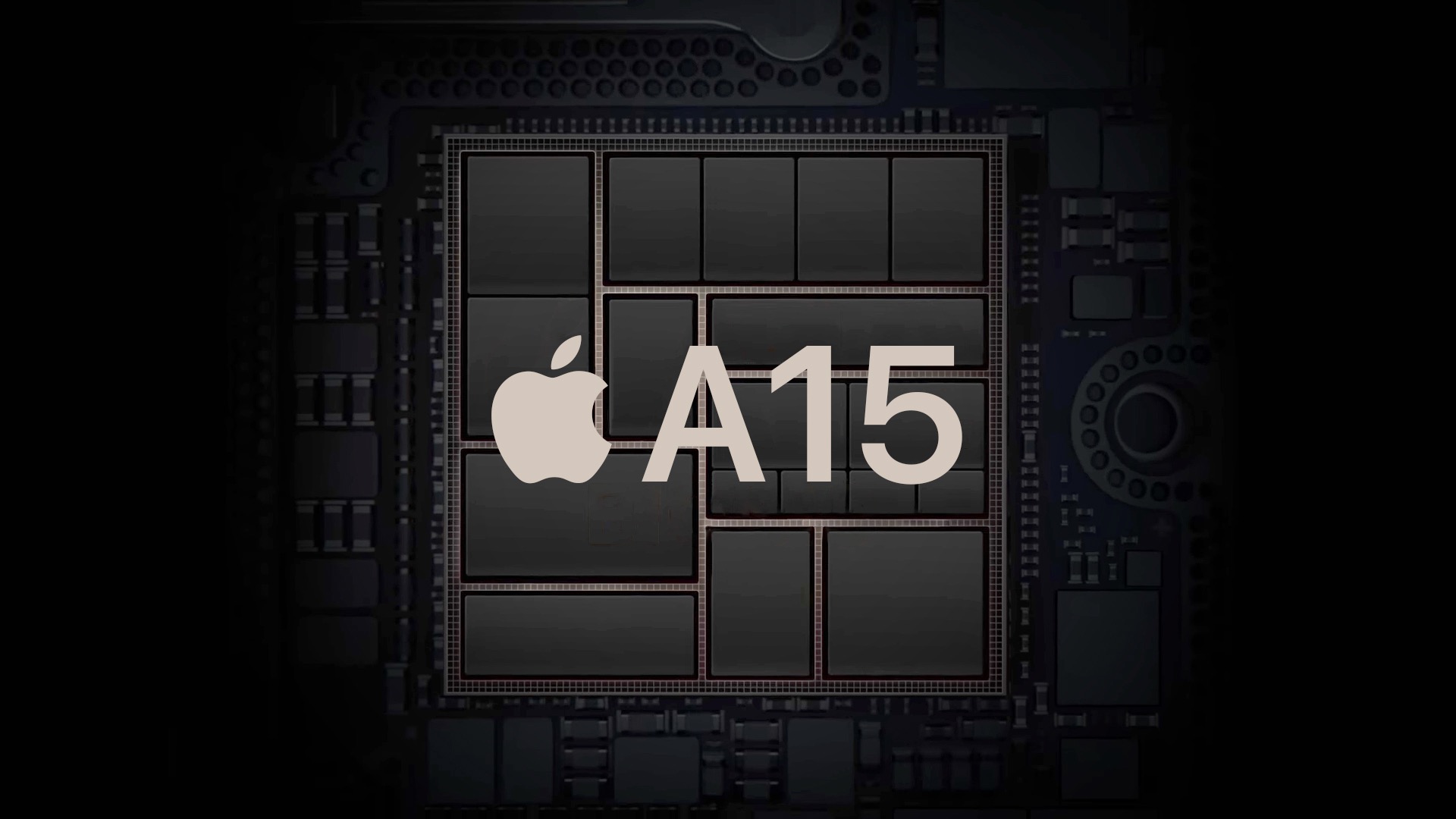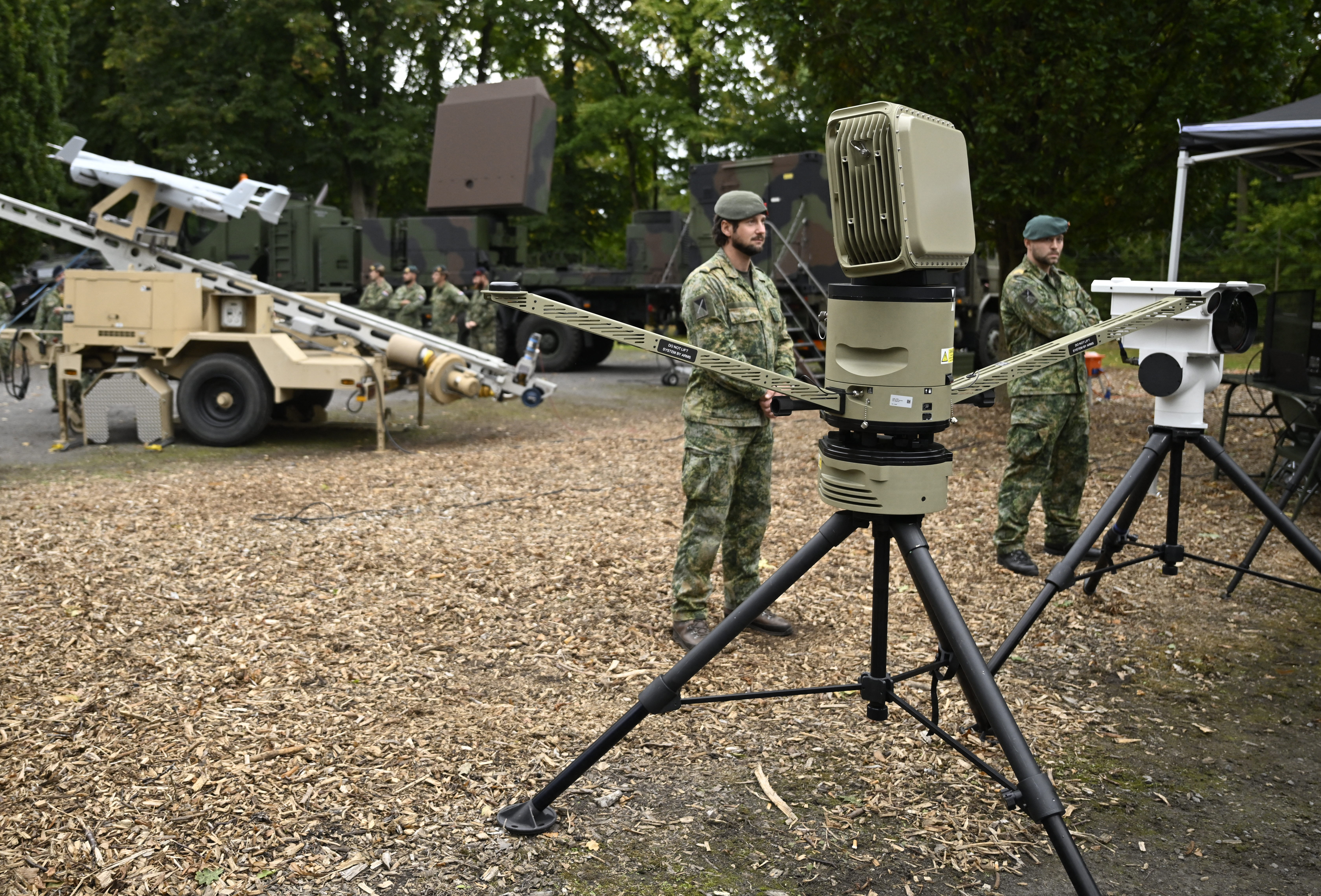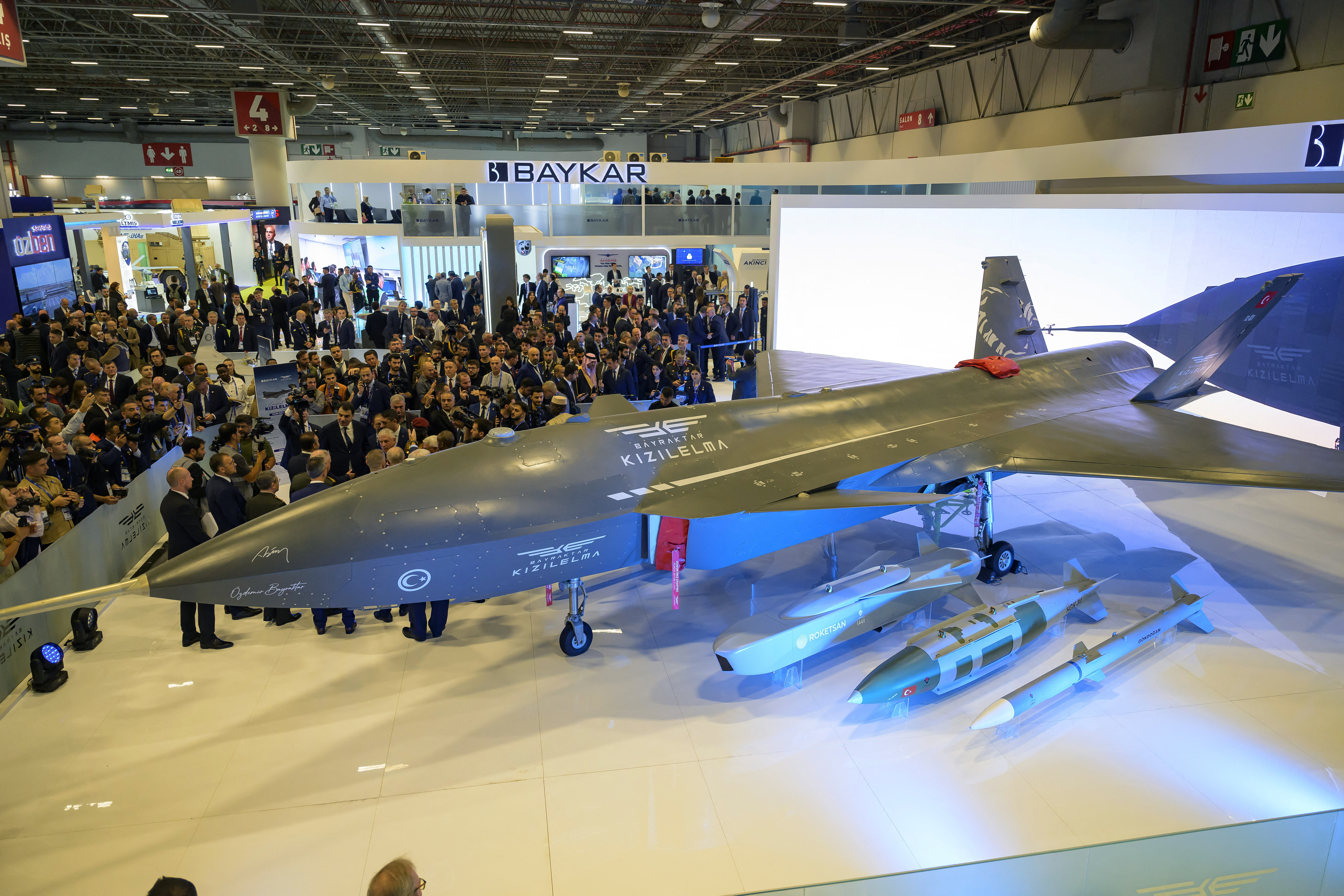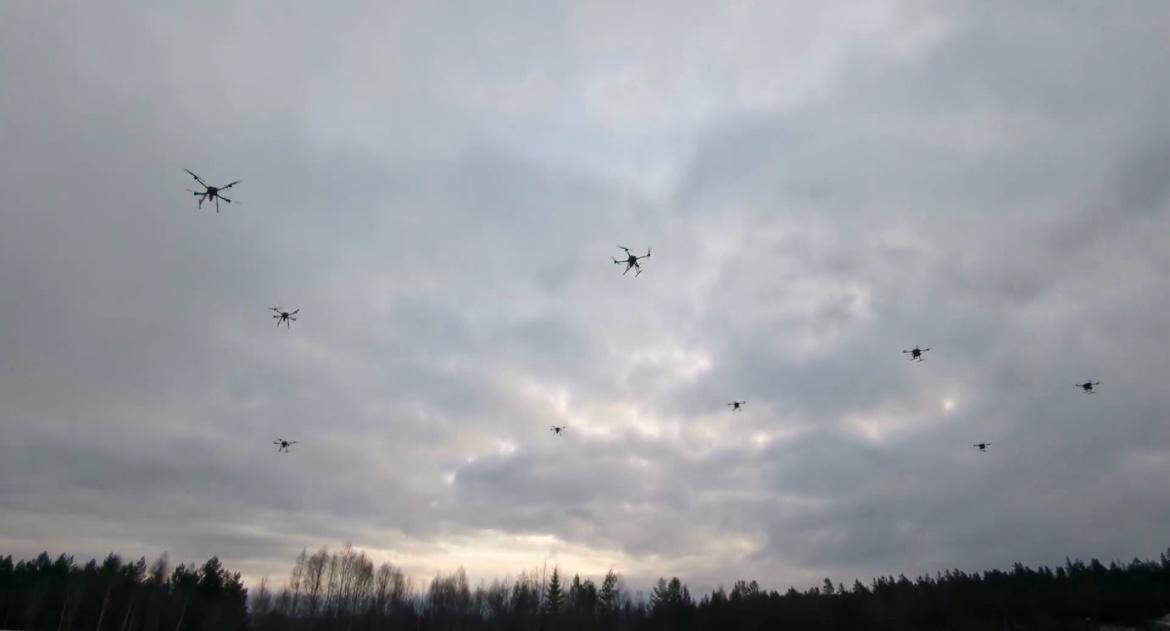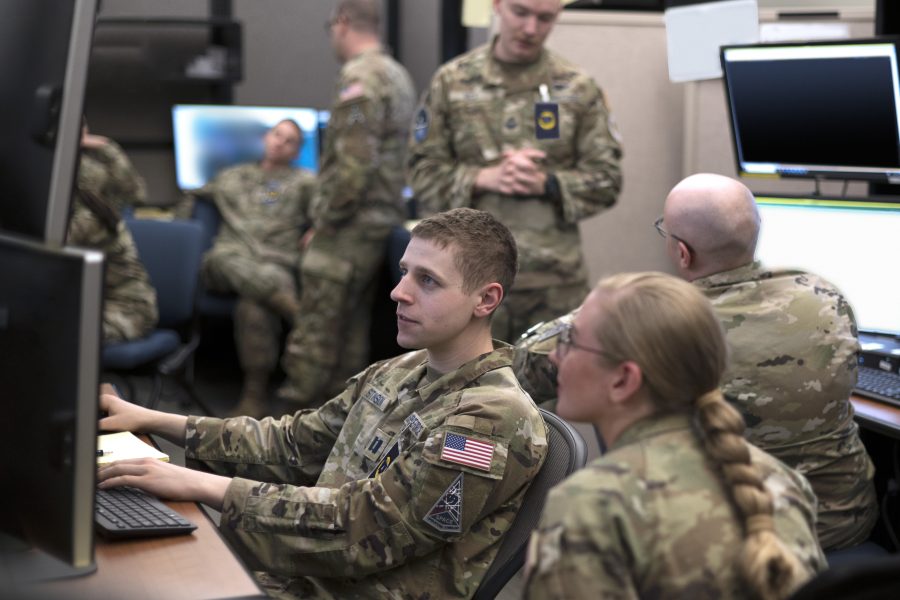
Space Training and Readiness Command is “on a good path” to develop a digital training environment where Guardians at different locations can train against realistic threats, perhaps as soon as the next year or two, according to outgoing commander Maj. Gen. Timothy A. Sejba.
Meanwhile, a more advanced high-end training environment is “still several years off,” Sejba said at a July 10 event hosted by AFA’s Mitchell Institute for Aerospace Studies.
The two training environments are foundational pieces in STARCOM’s Operational Test and Training Infrastructure initiative. Chief of Space Operations Gen. B. Chance Saltzman has prioritized OTTI and Sejba has acknowledged the complexity of building systems comparable to those the Air Force took decades to develop.
The first training environment, dubbed SWARM, builds on the models used for STARCOM’s Space Flag exercises. “That’s kind of an on-[premises] capability today, but we’re quickly building out not only the threats—the red threat that we need to represent—but also all of the blue systems that are coming online over the next several years,” Sejba said. “We are putting those all into a digital fashion so that the crews can actually execute. But then we’re quickly moving it to the cloud so we can get to a distributed training capability.”
The goal is to have SWARM ready by the end of the year. “We’re absolutely on path for that,” Sejba said.
Transitioning the system into the cloud, so it is accessible anyplace Guardians might be stationed, will follow “in the next year to two years after that,” he added.
“We’ve been doing everything we possibly can to move that as far to the left as possible, knowing how critical that capability is,” Sejba said. “With the right funding and the amounts of industry focus, we know that we can deliver fairly quickly on some of these things.”
Sejba and his senior enlisted leader, Chief Master Sgt. Karmann-Monique Pogue, said the Space Force urgently needs that distributed capability, as the Space Force’s new force generation model breaks down operational periods so that Guardians set aside time to train for advanced threats.
“This is a huge undertaking … the culture shift in working cross-Delta, across crews to understand how we partner together,” Pogue said.
Longer term, the Space Force envisions developing a high-end training environment, like the Joint Simulation Environment developed by the Air Force and Navy for advanced fighters. “We’ve made some hard trades to get after this advanced training piece,” Sejba said. “I think we’re still several years off before probably having a real JSE-type environment.”
JSE uses digital models and a physics based environment to generate realistic threats and responses, providing lifelike realism in how U.S., allied, and rival weapons interact. The Air Force and Navy have invested billions to make it possible. Sejba said the Space Force needs a similar capability “sooner rather than later.”
Move to Florida
STARCOM intends to tap academia and industry to help develop those capabilities as it relocates to its permanent home at Patrick Space Force Base, Fla. Located not far from Orlando, an international simulation industry hub, Patrick was selected two years ago to be STARCOM’s home in part because of the local training expertise, Sejba said.
Examples include the National Center for Simulation, the Air Force Agency for Modeling and Simulation, and game makers like EA Sports. The University of Central Florida offers a masters degree in interactive entertainment, a closely related field.
“All you have to do is look to Orlando as kind of the lead area for all modeling and simulation across the Department of Defense,” Sejba said. “And then certainly the gaming industry has so much that it can provide as we think about how we train Guardians differently than we have in the past.”
Sejba sees training Guardians on the latest advances in gaming and training technology, but building those ties and programs will fall to someone else. Sejba hands off command at STARCOM July 18 to Maj. Gen. James E. Smith before transitioning to a new role, still to be determined, in Washington, D.C.
The post STARCOM ‘on a Good Path’ to Build Up New Training Environment appeared first on Air & Space Forces Magazine.

Space, Warfighter Training, Maj. Gen. Timothy A. Sejba, Operational Test and Training Infrastructure, OTTI, Space Force training, Space Training and Readiness Command, STARCOM
Air & Space Forces Magazine
[crypto-donation-box type=”tabular” show-coin=”all”]


